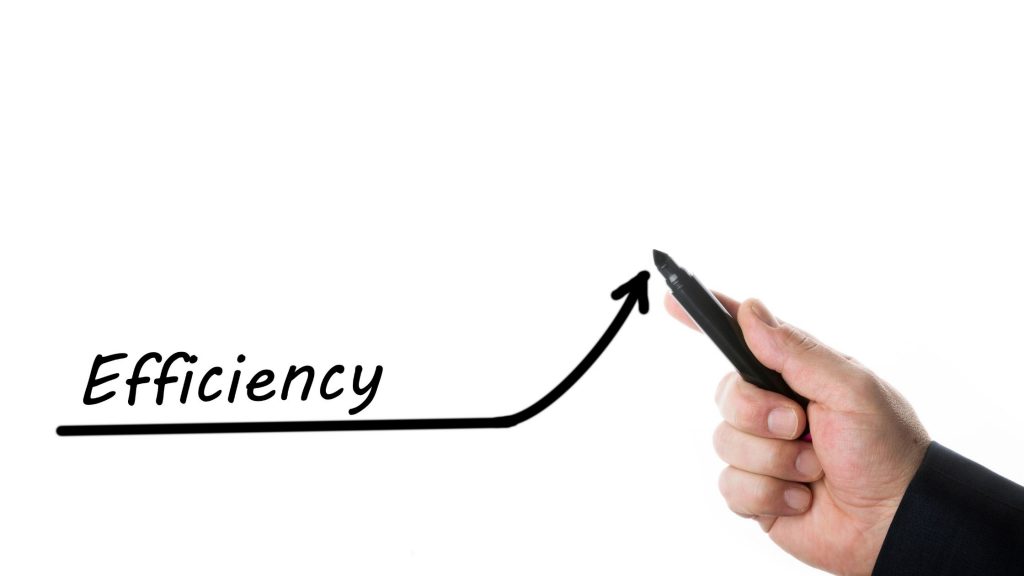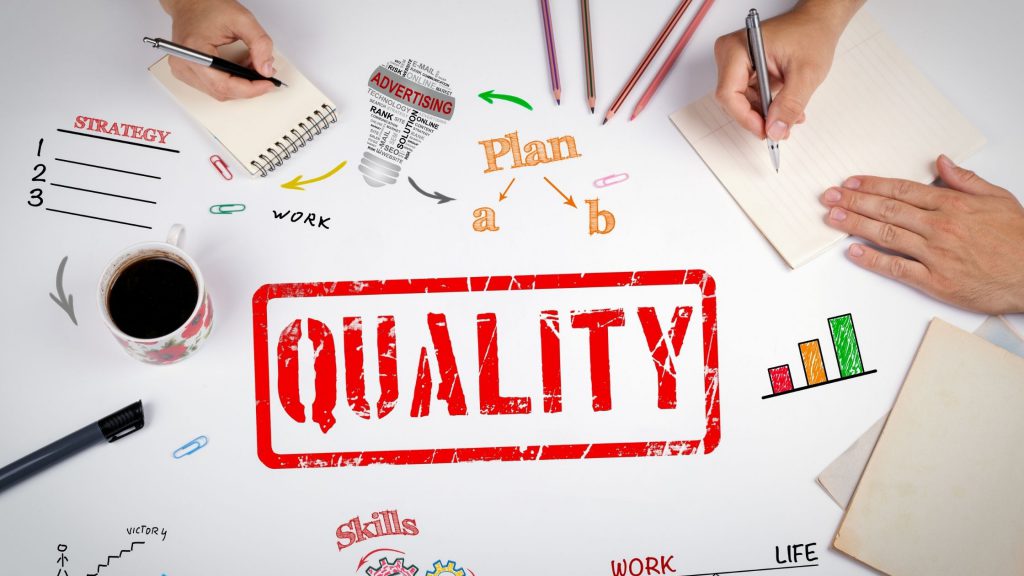- September 23, 2022
- Posted by: AccSource BD team
- Category: Uncategorized

A performance review allows the HR team to evaluate the performance of the workforce and acknowledge problems in the team and choose a plan to fix them. Performance management helps to boost the productivity of a company. Assessing employee performance is a major challenge for HR. Because every company is different, you don’t have a one-size-fits-all method. Also, when evaluating an employee’s performance, some aspects can be subjective, making it tough to compare different teams.
But, some common employee performance metrics help you assess their performance better. They can be used with qualitative reviews to get a more precise performance assessment.
1. Work efficiency
Employees should know how to prioritize to get work done efficiently. It needs them to have a proper understanding of time and resource allocation. Also, they should be able to gauge how a task can be perfectly executed without missing a deadline. While quality is more important than quantity, overall efficiency indicates an employee’s performance.

How to measure overall efficiency?
- Select the quantity or output (number of things to be done)
- Choose a time to measure (say a week or month)
- Measure the amount of work done in the given time.
- Look at the average of the office to get a benchmark.
- Divide the output by input to get a per-hour number.
Measuring employee efficiency helps pinpoint areas where work slows and allows companies to adjust their work functions and team performance. Minor adjustments can lead to a major impact in the long run.
2. Quality of work
The work quality of an employee is important. Poor quality can lead to inferior products or lost clients. Quality metrics should be chosen according to the type of work an employee does. It depends on the industry and the duties of the worker. In an environment where productivity is important, quality can be assessed by the total work output that is rejected or needs re-work.

Quality may appear abstract but is a good indicator of how efficiently an employee works, for instance, the number of faulty units in total production.
Poor work quality can cause frustration for customers and workers. Often employees struggle to meet their performance objectives as their work quality is poor. When rectified, they can easily accomplish their goals.
Feedback: Consistent performance feedback is a good way to gauge an employee’s work quality. The manager can highlight the employee’s previous work and assess where they did well and what areas need improvement.
3. Teamwork
Teamwork is a major trait in nurturing a collaborative culture and helps teams perform better when approaching a complicated problem and solving it collectively.
It is important to look for traits in an employee to work as a team player, such as reaching out to other employees for help or giving help, taking time out of normal duties to train or mentor other colleagues, and brainstorming with a coworker.

How to measure teamwork?
Teamwork is a quantitative metric, but you have options to assess it. For instance, HR can go for pulse surveys which help assess the impact of big and small events. It gives companies the freedom to assess whatever they think is essential on a periodic basis.
4. Learning ability
A company and its employee to stay relevant come down to its capability to learn and develop. It can be done through training programs designed specifically to meet the needs of the employees.
Tracking the success of your training programs is a good way to ensure you’re keeping up. Training success is measured by things such as completion rates and quiz scores.

You can also assess the skills and knowledge from training if applied to the projects. The learning metrics include knowledge ratings before and after the training from 360-degree surveys of managers assessing how performance has changed.
5. Adherence to timelines
Adhering to timelines is a major performance metric across all functions meaning the tasks whose deliveries depend on the employees. The value of time helps to work efficiently for every function. Here is a checklist to measure adherence to timelines:
- Consistent deliveries
- Respecting others time
- Focusing on the timelines
- Maintaining a proper schedule
- Optimum use of time
- Prioritizing assignments

Highly motivated and productive employees adhere to and deliver on the timeline, while less productive workers indicate poor organizational performance.
The inability to work in the given timeline could result from burnout or lack of motivation. It can lead to decreased productivity, causing pressure on the other team members who have to make up for their coworkers who fail to show results on time.
Conclusion
At the end of the day, employees are not resources to be consumed but beings whose worth cannot be assessed in numbers. No one metric is suitable for all. It can be a mix of quantitative and qualitative measures, and a company should try different employee performance metrics and pick the one that’s best for its employees.
